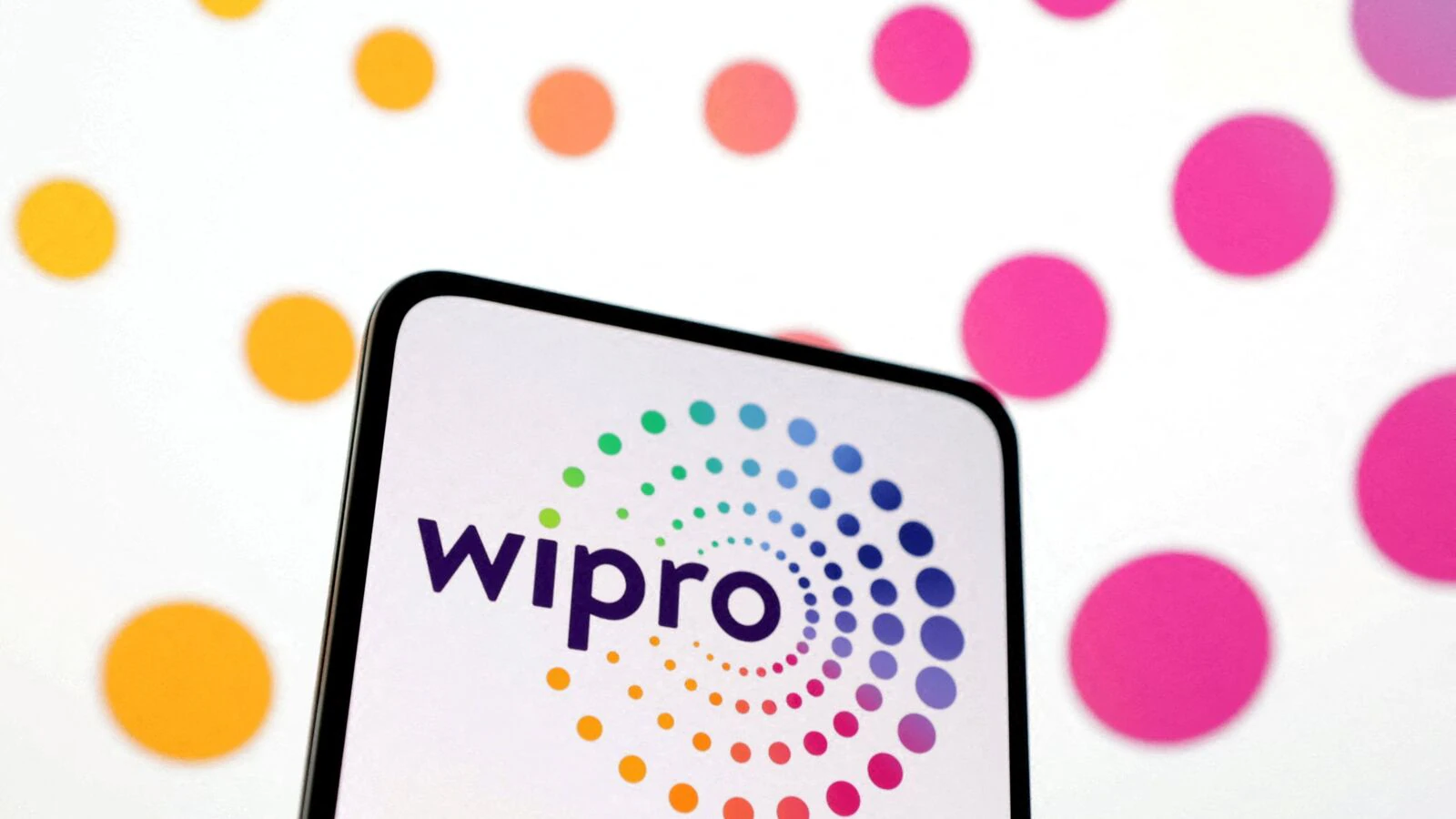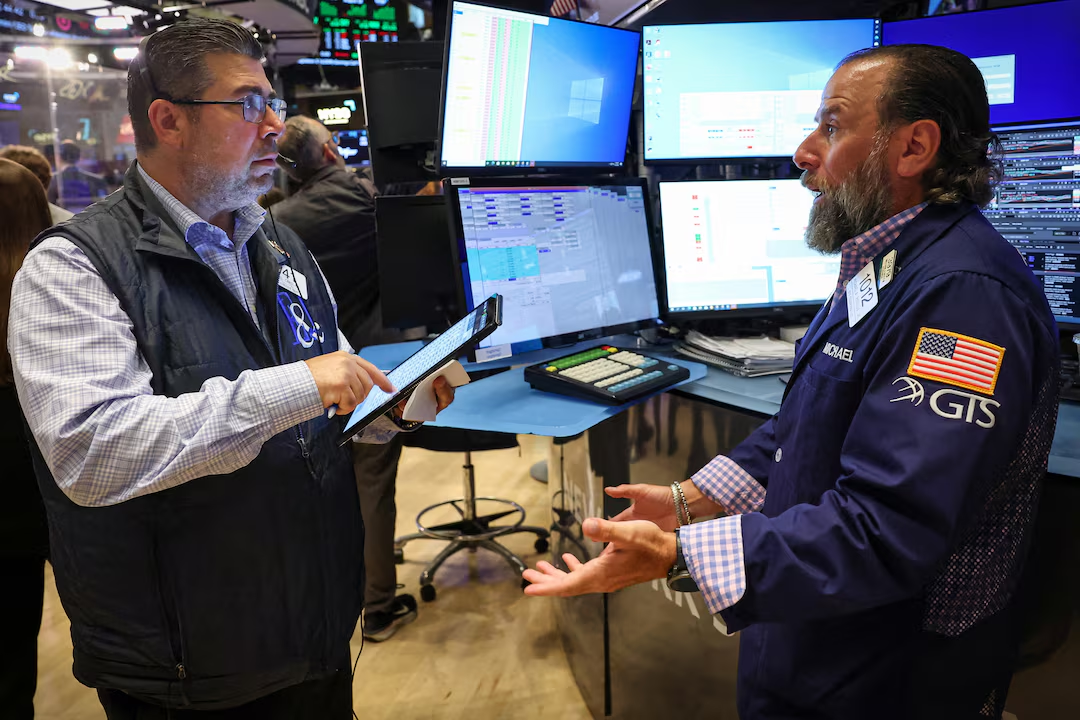
In the dynamic landscape of the global food industry, businesses often experience a multifaceted journey marked by soaring sales figures alongside fluctuating investor confidence. One such intriguing case is Guzman y Gomez, the popular Australian-based Mexican fast-food chain. Recently, Guzman y Gomez announced a significant milestone, surpassing $1 billion in sales, a testament to its expanding footprint and increasing popularity among consumers. However, paradoxically, this achievement has been accompanied by a notable decline in its share price, fueled by concerns over the company’s performance in the United States and other strategic challenges.
Milestone Achievement: Breaking the $1 Billion Barrier
Robust Sales Performance
According to recent reports, Guzman y Gomez has experienced remarkable growth in its sales volume, crossing the significant $1 billion mark. This milestone signals a robust customer demand and successful market penetration both within Australia and internationally. The company’s strategy focused on delivering fresh, authentic Mexican cuisine combined with a modern fast-food experience has resonated well with consumers, leading to increased foot traffic and improved sales metrics.
What factors have contributed to this growth? Some key elements include:
- Expanding Number of Locations: Rapid expansion across major cities has increased accessibility for customers.
- Menu Innovation: Introducing new menu items and catering options to diversify offerings.
- Effective Marketing: Leverage social media and local advertising to enhance brand visibility.
- Focus on Customer Experience: Upgrading store layouts and ensuring quality service to build customer loyalty.
Challenges in the US Market and Share Price Decline
The Double-Edged Sword of Growth
Despite the impressive sales figures, Guzman y Gomez’s journey hasn’t been without hurdles. The company’s share price has declined significantly recently, primarily due to challenges faced in the United States. This decline reflects investor concern over operational setbacks, financial losses, and strategic uncertainties in the North American market.
According to The Guardian, the company’s US losses have doubled, signaling difficulties in establishing a profitable foothold compared to the success in Australia. Several factors have contributed to these challenges:
- Market Saturation and Competition: The US fast-food sector is highly competitive, with established brands like Taco Bell, Chipotle, and Qdoba dominating the landscape.
- Operational Costs: Rising costs associated with supply chain logistics, staffing, and compliance have impacted profit margins.
- Brand Recognition Challenges: Building a new brand identity in a competitive market takes time and significant investment.
- Localization and Consumer Preferences: Adapting menu items and marketing strategies to suit local tastes has been an ongoing process.
Financial Highlights: Sales versus Share Performance
Separating the Wheat from the Chaff
While the revenue numbers portray a story of growth, market valuation tells a different story. The decline in shares indicates investor apprehension, possibly due to concerns about the sustainability of growth and profitability in overseas markets. The disparity underscores an essential reality in business: high revenues do not always translate into shareholder value.
Here’s a closer look at the key financial highlights:
- Sales Figures: Surpassing $1 billion reflects successful expansion and operational resilience within core markets.
- Share Price Trends: A decline indicates market skepticism about the company’s near-term profitability and strategic direction.
- US Losses: Doubling losses in the US have become a significant concern for investors aiming for long-term stability.
Strategic Response and Future Outlook
Shifting Strategies to Overcome Challenges
Guzman y Gomez’s leadership has signaled a strategic pivot to address current challenges. These include:
- Refining Market Entry Strategies in the US: Focus on local partnerships and targeted advertising campaigns.
- Operational Efficiency: Streamlining supply chains and reducing expenses to improve profitability.
- Innovating Menu Offerings: Developing region-specific menu items to attract diverse customer segments.
- Digital Transformation: Investing in online ordering, delivery partnerships, and loyalty programs to boost revenue streams.
Long-term Perspectives
Despite the hurdles, the company’s overall growth trajectory remains promising. The $1 billion milestone demonstrates a resilient core brand and strong market demand. However, investors will be keenly watching how Guzman y Gomez navigates its US operations and whether strategic adjustments will translate into improved profitability and market confidence.
Implications for Stakeholders
This scenario underscores a vital lesson for stakeholders and potential investors: robust sales figures are encouraging but must be accompanied by sustainable operations and strategic agility. Companies operating in competitive and volatile markets need to balance revenue growth with prudent management of expenses, brand perception, and market adaptation.
Furthermore, the Guzman y Gomez case exemplifies the importance of geographic diversification and personalized marketing efforts tailored to regional preferences. As the company continues to expand, its ability to innovate and adapt will be crucial in maintaining its growth momentum and regaining investor trust.
Conclusion: A Complex but Promising Narrative
The story of Guzman y Gomez is one of achievement shadowed by caution. Surpassing $1 billion in sales marks an impressive milestone, reflecting strong brand appeal and effective expansion strategies. Nonetheless, the decline in share price stemming from losses in the US highlights ongoing risks and the need for strategic recalibration.
As Guzman y Gomez moves forward, its focus on operational efficiency, market-specific strategies, and technological investments will determine whether it can sustain its growth and fulfill its long-term potential. The company’s journey exemplifies the intricate dance between growth metrics and investor sentiment—a balance crucial for enduring success in the global fast-food industry.
For more updated news please keep visiting Prime News World.








